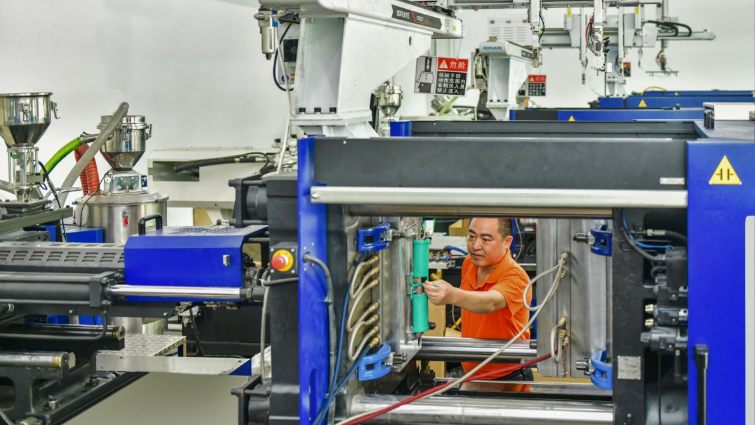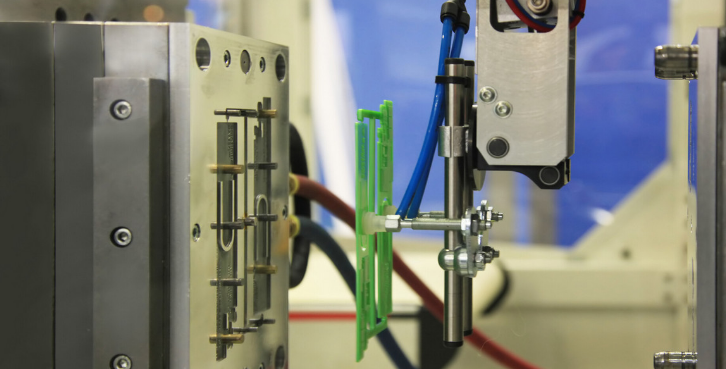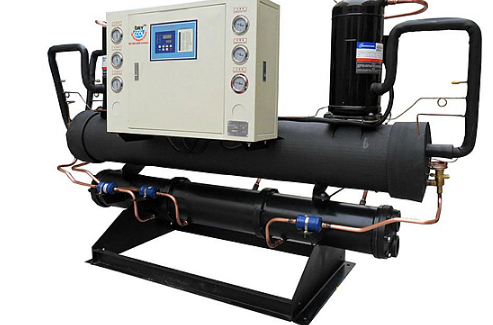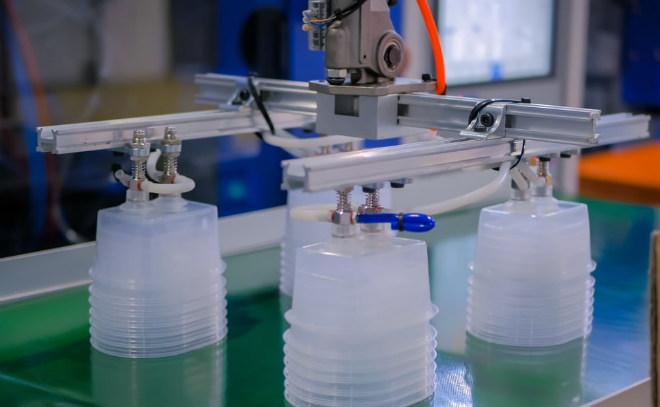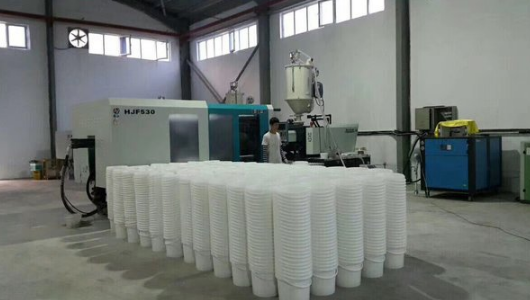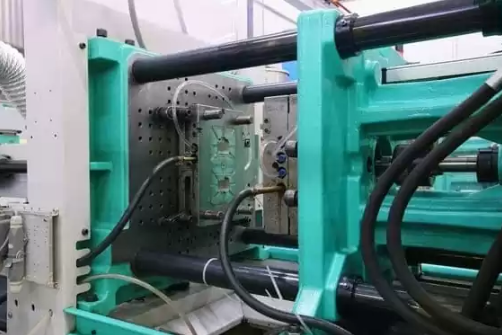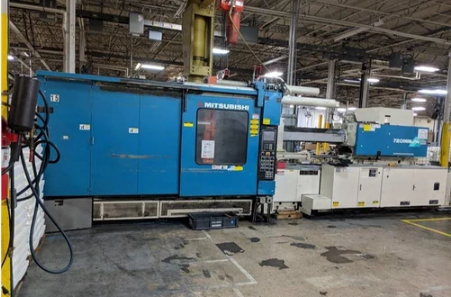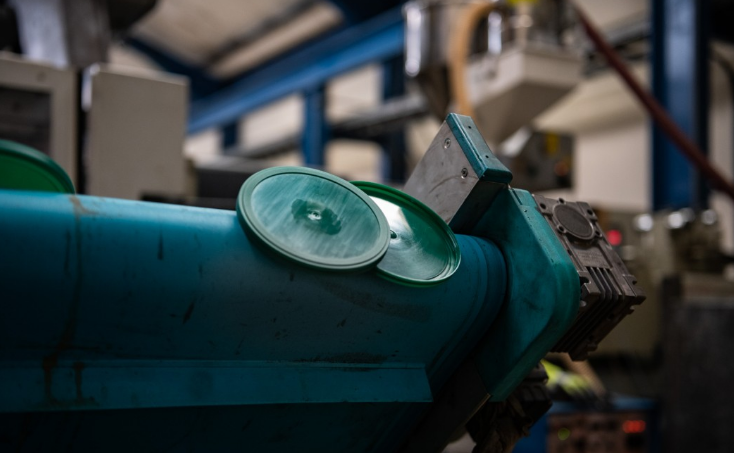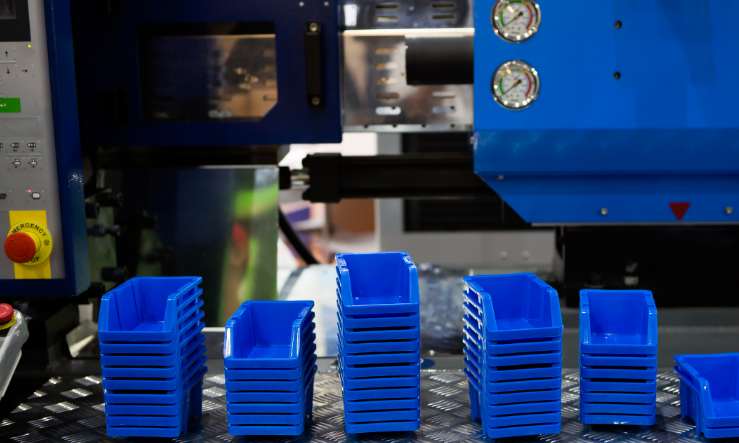What is the size limit for injection molding
The size limit for injection molding can vary significantly, accommodating parts ranging from a few millimeters to several meters in length or width. Understanding Injection Molding Basics of Injection Molding Process Injection molding, a manufacturing process, produces parts by injecting molten material into molds. This process unfolds through several critical stages: Material Selection: Selecting the …

